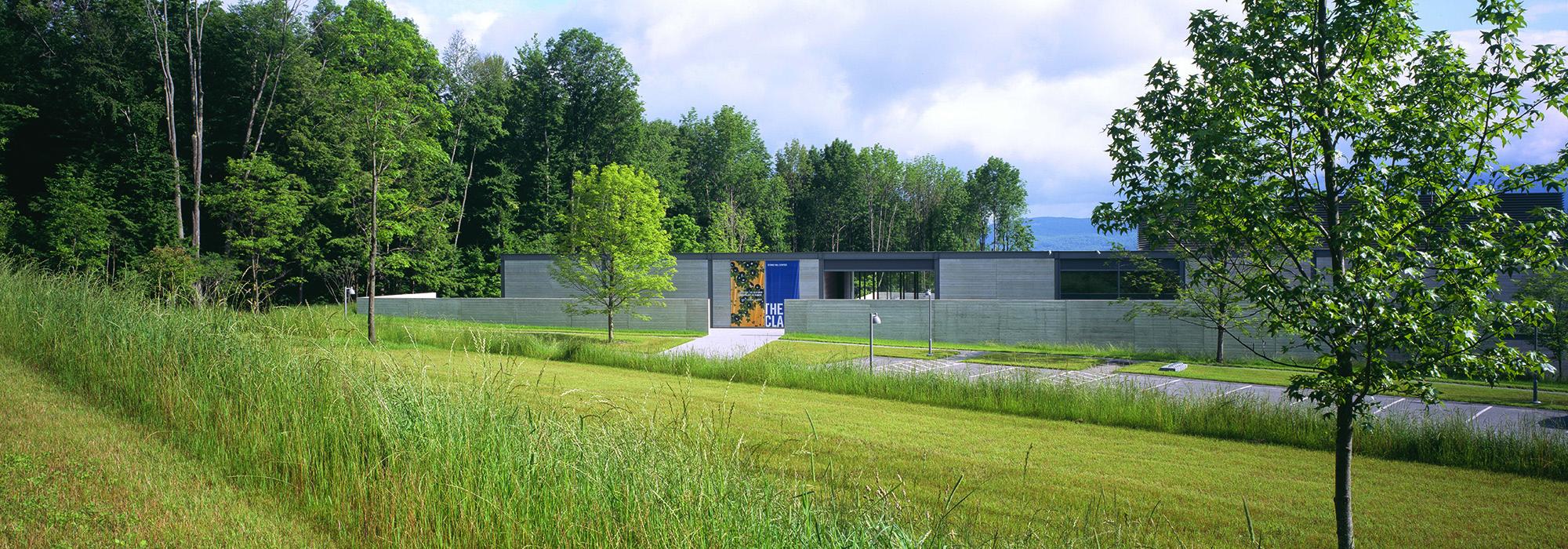Eric Kramer

Eric’s work focuses on what landscapes communicate to and about their communities — whether cherished memories, bold aspirations, or contested histories. A writer, teacher, and thought leader within the discipline, Eric’s approach to practice is rooted equally in basic research and applied design thinking. He leads commissions with the understanding that all landscapes are cultural spaces speaking for the societies who build them and to future generations. Over the last two decades, he has guided the renewal and enrichment of numerous campuses, cultural institutions, and urban districts, including The Clark Art Institute, Boston’s Central Wharf, Duke University’s student life precinct, an urban forest master plan for the City of Cambridge, Massachusetts, and a comprehensive interpretive plan for The Alamo in San Antonio. Notable current projects under Eric's leadership include a framework plan for the University of Pennsylvania’s Morris Arboretum and the historic Eugenia Williams House in Knoxville, Tennessee. He also teaches landscape history at Rhode Island School of Design.
Eric edited Visible Invisible: The Landscape Works of Reed Hilderbrand, the firm’s award-winning monograph. His leadership continue to shape the firm’s evolving purpose and culture. Eric has lectured at numerous universities, garden history and design forums, and professional symposia across disciplines.
After graduating from Amherst College, Eric traveled on a year-long Thomas J. Watson Fellowship, primarily to Japan, where he worked as a gardener’s apprentice near Kyoto, and England, where he worked at Stourhead and Painshill Park, both 18th century picturesque gardens. He earned an MLA—and Charles Eliot Fellowship—from the Harvard Graduate School of Design and worked at Keith LeBlanc Landscape Architecture before coming to Reed Hilderbrand in 2000.



